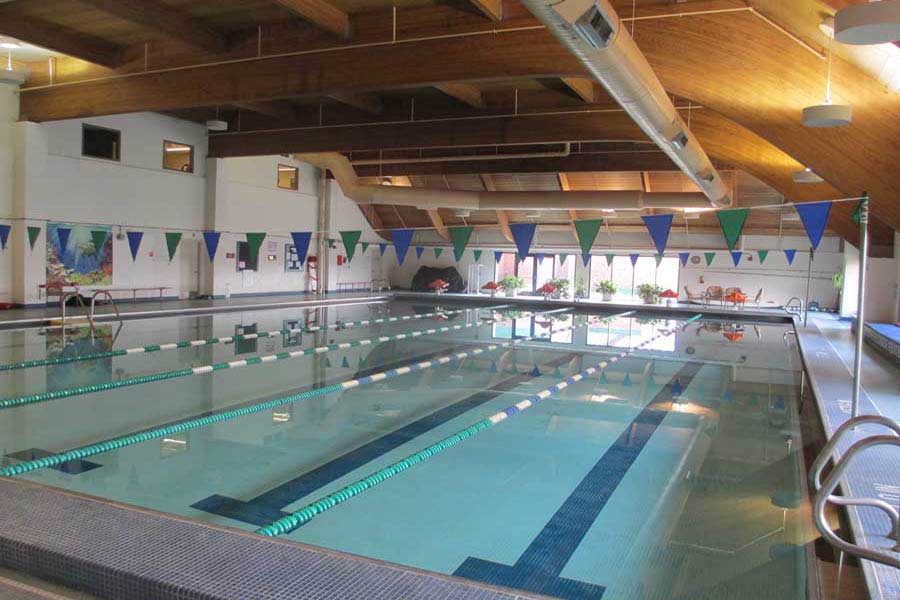Pool re-opening delayed until mid-march
Initially scheduled for reopening in the middle of February, the pool will not be opened until the middle of March due to delays in delivering the new system to regulate water temperature and humidity.
The pool has been closed since Tuesday Nov. 18, following the Nov. 8 failure of the compressor that runs the Zephyr dehumidification/heating system. During the past few years, the aging system has become increasingly unreliable. The college was considering closing the pool last year because of the ongoing operating costs and the mounting repair costs for new parts. Last year alone the pool had more than $50,000 in repairs on top of the $80,000 dollars it costs to clean the pool, heat it, dehumidify the air, and to heat the air.
The new system to repair the pool will cost roughly a quarter-million dollars. Dave Bergh, dean of students, is head of the pool committee that was formed this past fall. “The equipment that is needed was ordered in December, and the installation process will hopefully occur in late February said Bergh, who added that a installation process like this will take some time.
The pool is a resource for the wider community as well as for the college. “The predominate users of the pool come from the community members and some faculty and staff that use it regularly as well,” says Bergh. The JSC pool hosts swim lessons, physical therapy, senior and adult swim classes, water aerobics, general lap use, and is also used in some Outdoor Education classes.
The main goal of repairing the pool according to school officials is that they want to see the pool being used after the decision to repair it. Jamey Ventura, director of athletics & recreation, and a pool committee member is looking for more of the student body to take advantage of the pool. “We want to have our students in the campus community to use the pool more than they have in the past,” said Ventura. “We have to start coming up with new ideas to help attract more people to the pool, like having events such as evening parties or movie showings.”
There is a two- week installation period planned for the new system, followed by a week of startup and commissioning of the unit as the pool water is heated. Toby Stewart, the college’s controller, explained that the installation process will begin over the February break. “There is an 8’X12’ area at the top of the wall that is currently covered by plywood. The plywood will come down in order to remove the old system and bring in the new system,” says Stewart. “The section in the wall will be repaired after the new system has been installed.”
Tyrone Shaw, associate professor of writing and literature at JSC, avid pool user, and pool committee member is enthusiastic about the college’s decision to save the pool. “I am so happy that the pool situation has been resolved the way it has been,” said Shaw. He also agrees that the pool should be used more by students, faculty and staff. “While a lot of people use the pool, we just haven’t found a better way to monetize it, but I imagine we will. Having a new system in here certainly is going to help reduce operating costs and will also be more reliable.”
That reduction of operating costs will come largely from a more energy- efficient system. Funds for replacing the failed Zephyr system are coming from the Vermont State College’s Green Revolving Loan Fund, which is designed to support energy saving initiatives proposed by the five Vermont State Colleges.
Under the terms of the fund, colleges have five years to pay back loans, including principal and interest. “The College has identified the need to have a better capital reserve fund, anticipating that having capital investments over time we will also need to have replacements and repairs done, and that’s one of the challenges in this case, due to the state funding the pool,” says Bergh.




